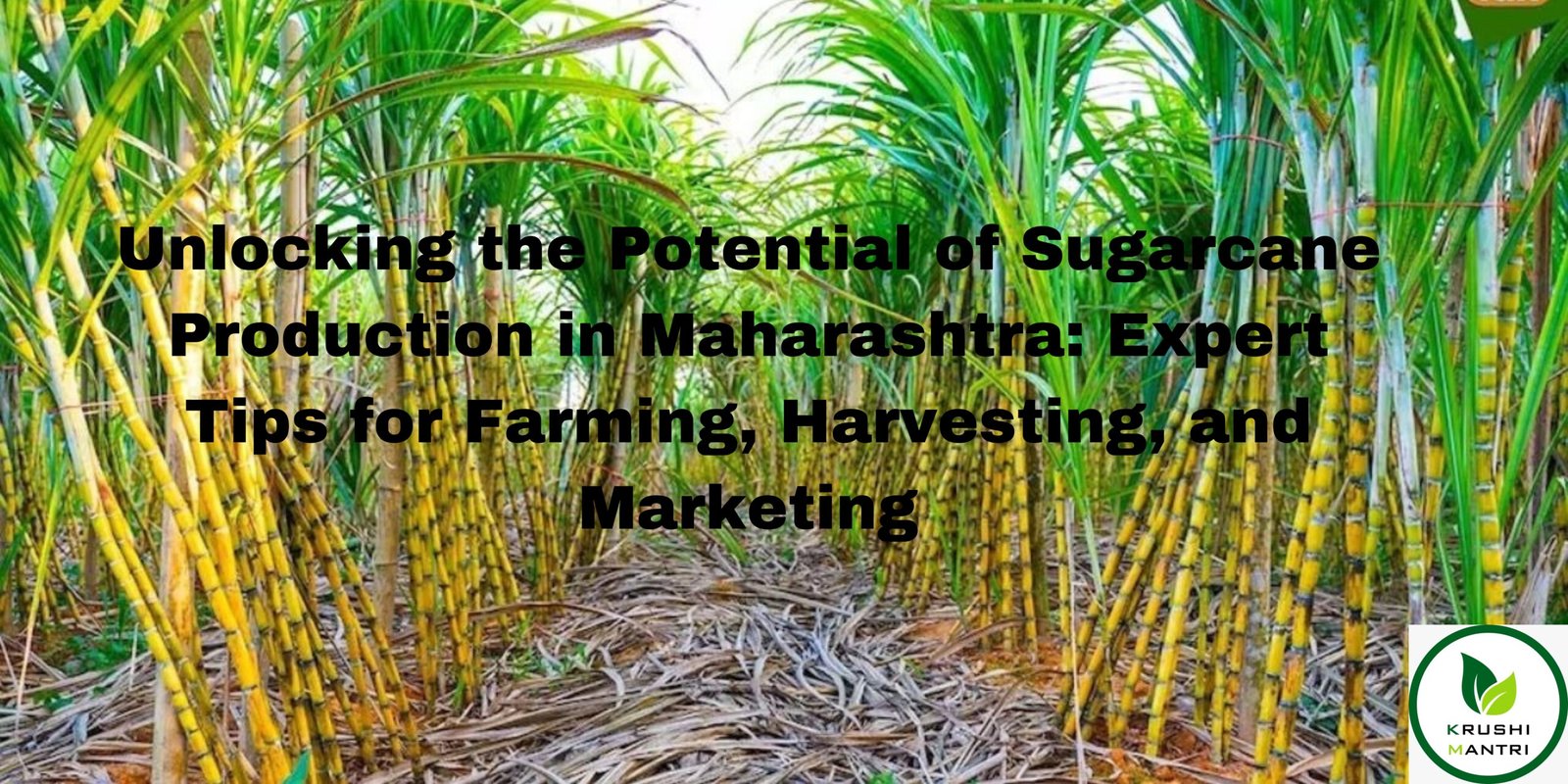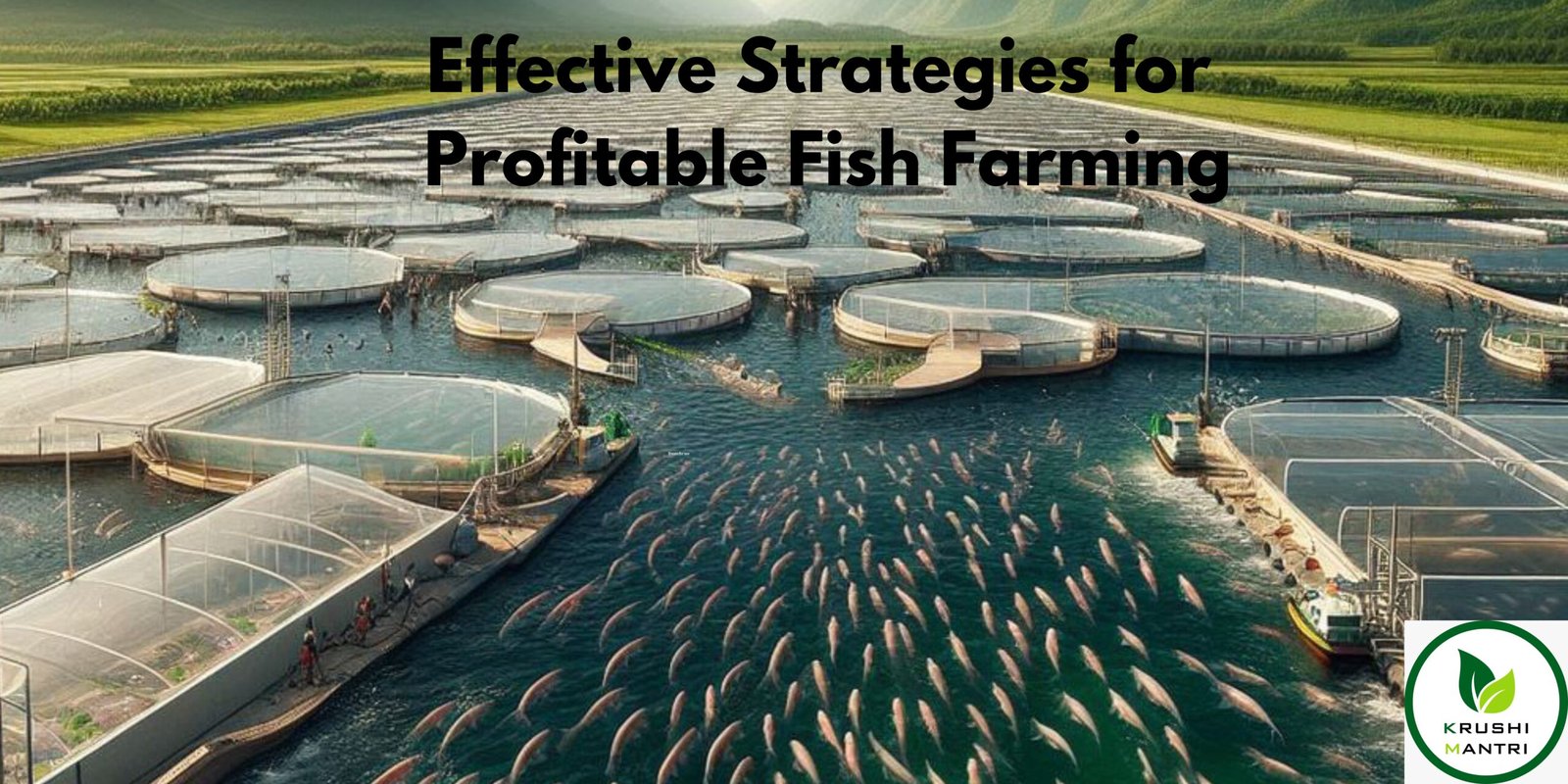Greenhouse Construction Plan or Greenhouse Farming In India (Beginner Guide-2023)
Welcome to my blog! I’m thrilled to have you here. I’m Krushimantri, and I want to share my recent experience of creating a greenhouse on my farm with all of you. Greenhouse farming has been a game-changer for many farmers, providing a solution to the challenges they face due to insufficient financial protection and climate change. In India, traditional farming techniques still dominate, but it’s crucial for us to embrace modern techniques like greenhouse farming, hydroponics, and aquaponics to maximize agricultural profits.
In this blog, I’ll provide you with valuable insights into greenhouse farming, including construction plans and much more. I believe that by adopting these modern techniques, we can not only overcome the challenges faced by our farmers but also enhance their living standards significantly. So, let’s dive into the world of greenhouses and explore the incredible opportunities they offer!
Stay tuned for an informative and genuine journey where we’ll discuss the advantages of greenhouse farming, how to get started, suitable crops, financing options, subsidies, greenhouse construction companies, cultural practices, marketing strategies, and more. Together, let’s empower our farmers and contribute to a prosperous agricultural future in India.
What exactly is a greenhouse?
So, Well, it’s like a special house for plants! A greenhouse is a structure made with a sturdy frame and covered with a transparent material. This covering lets sunlight in and keeps the plants protected from the elements. It creates a controlled environment where we can grow crops in the best possible conditions for their growth and productivity.
Greenhouse technology is all about creating the perfect environment for our plants. We can adjust the temperature, humidity, and even control pests and diseases. It’s like giving our plants a cozy and comfortable home to thrive in!
Now, here’s something exciting: the greenhouse industry is booming! It’s the fastest-growing sector in agriculture, and for good reason. Greenhouses are like goldmines when it comes to profitable business opportunities. They allow us to grow seasonal and non-seasonal crops throughout the year, produce high-quality flowers and vegetables, and even set up nurseries using tissue culture techniques.
But that’s not all. Greenhouses offer a bunch of advantages. They protect our crops from harsh weather conditions, pests, and diseases. They allow us to extend the growing season, giving us more harvests and better yields. Plus, they reduce our dependency on unpredictable weather patterns, ensuring a more stable income for us farmers.


Here are the advantages of greenhouse farming:
- Higher Yield: The yield can be 10-12 times higher compared to outdoor cultivation, depending on factors such as the type of greenhouse, crop variety, and environmental control measures.
- Improved Crop Reliability: Greenhouse cultivation enhances the reliability of crop production by providing a controlled environment that protects plants from unpredictable weather conditions.
- Suitable for Vegetables and Flowers: Greenhouses are particularly well-suited for growing vegetables and flower crops, allowing for optimal conditions and quality produce.
- Year-round Floricultural Production: Greenhouses enable the production of floricultural crops throughout the year, ensuring a consistent supply regardless of seasonal limitations.
- Off-Season Crop Production: With greenhouses, it’s possible to grow vegetable and fruit crops during off-seasons, extending the production period and meeting market demand.
- Continuous Production of Disease-Free Transplants: Greenhouses facilitate the continuous production of disease-free and genetically superior transplants, ensuring healthier and more robust plants.
- Efficient Pest and Disease Control: Greenhouses enable the efficient use of chemicals and pesticides to control pests and diseases, resulting in effective crop protection and minimized environmental impact.
- Controlled Water Usage: Water requirements for crops in greenhouses are limited and easy to manage, allowing for precise control over irrigation and reducing water wastage.
How To Start Greenhouse Farming?
Starting greenhouse farming requires careful planning and preparation. It is a venture that involves significant investments in infrastructure, equipment, labor, and raw materials. To ensure success in this field, aspiring greenhouse farmers must possess knowledge in three crucial areas: technical expertise, economic understanding, and effective marketing strategies. Acquiring this knowledge is essential and can be achieved through a comprehensive training program.
At Krushimantri, we recognize the importance of equipping individuals with the necessary skills and knowledge to thrive in greenhouse farming. We offer a comprehensive training and consultancy program that covers all aspects of greenhouse farming. Our program is designed to provide you with the expertise needed to successfully establish and manage your own greenhouse farming business.
Through our training program, you will gain a deep understanding of the technical aspects of greenhouse farming, including environmental control, crop management, pest and disease management, and irrigation systems. Our experienced instructors will guide you through the entire process, ensuring you develop the necessary skills to optimize crop yield and quality.
In addition to technical expertise, our training program also focuses on the economic aspects of greenhouse farming. You will learn about cost analysis, financial planning, and resource management to ensure the profitability and sustainability of your greenhouse venture. Understanding the economic factors involved will enable you to make informed decisions and maximize your return on investment.
Furthermore, our program incorporates essential marketing strategies to help you effectively promote and sell your greenhouse produce. From market research and identifying target customers to developing marketing plans and distribution channels, you will gain valuable insights into the competitive agricultural market.
By enrolling in our training and consultancy program, you will receive comprehensive guidance and support from our team of experts. We are dedicated to empowering aspiring greenhouse farmers with the knowledge and skills necessary for success.
Cost:
Building a greenhouse involves various costs that can vary based on factors such as the size, type of materials used, and specific requirements. Below is a table report outlining the standard costs associated with constructing a greenhouse:
| Cost Category | Description | Average Cost Range (INR) | Average Cost Range (USD) |
|---|---|---|---|
| Structural Frame | Framework and support structure construction | ₹3,70,000 – ₹14,80,000 | $5,000 – $20,000 |
| Glazing | Transparent covering materials (glass, polycarbonate) | ₹1,48,000 – ₹7,40,000 | $2,000 – $10,000 |
| Foundation | Base construction for stability and load-bearing | ₹74,000 – ₹3,70,000 | $1,000 – $5,000 |
| Ventilation System | Fans, vents, and control mechanisms for airflow | ₹1,11,000 – ₹3,70,000 | $1,500 – $5,000 |
| Heating System | Equipment for maintaining optimal temperature | ₹1,48,000 – ₹7,40,000 | $2,000 – $10,000 |
| Irrigation System | Water distribution and management | ₹74,000 – ₹3,70,000 | $1,000 – $5,000 |
| Lighting | Supplemental lighting for extended growing periods | ₹37,000 – ₹1,85,000 | $500 – $2,500 |
| Environmental Control | Sensors, controllers, and automation systems | ₹74,000 – ₹3,70,000 | $1,000 – $5,000 |
| Benches and Shelving | Racks and shelves for plant placement and storage | ₹37,000 – ₹1,85,000 | $500 – $2,500 |
| Utilities | Electricity, water supply, and plumbing connections | ₹74,000 – ₹3,70,000 | $1,000 – $5,000 |
| Miscellaneous | Miscellaneous expenses (permits, labor, etc.) | ₹1,48,000 – ₹7,40,000 | $2,000 – $10,000 |
| Total Cost Range | Overall cost range for greenhouse construction | ₹10,85,000 – ₹49,40,000 | $17,500 – $80,000 |





I) Types of Greenhouse:
Greenhouses are categorized based on shape, construction, covering materials, and ventilation. Different types of greenhouses are designed to meet specific needs.
A) Greenhouse Types Based on Shape:
- Sawtooth-type greenhouse
- Ridge and furrow type greenhouse
- Uneven span type greenhouse
- Even span type greenhouse
- Sawtooth type greenhouse
- Quonset greenhouse
- Interlocking ridges greenhouse
- Ground-to-ground greenhouse
B) Greenhouse Types Based on Construction:
- Wooden framed structures: Low-cost greenhouses suitable for vegetable production
- Pipe-framed structures
C) Greenhouse Types Based on Covering Materials:
- Glass greenhouse: Most suitable for cold weather countries like the United States and Canada
- Plastic greenhouse (Polyhouse): Mostly used in India
D) Greenhouse Types Based on Ventilation:
- Natural Vent Greenhouse:
- Allows for natural ventilation to maintain temperature, humidity, and carbon dioxide levels as required.
- Upper and side shade nets prevent insect and bacterial access, controlling the inside temperature.
- Used for producing cut flowers (e.g., Gerbera, Dutch rose, Carnation, Lily) and vegetables (e.g., colored capsicum, tomato, cucumber, and exotic vegetables).
- Climate Control Greenhouse (Fan & Pad Polyhouses):
- Temperature and humidity are controlled using micro-irrigation techniques.
- The internal environment is fully managed.
- Commonly used in hi-tech nurseries and hi-tech hydroponic projects.
II) Points to Consider Before Selecting a Greenhouse Site:
Before starting greenhouse farming, consider the following points for success:
- Soil pH should be between 5.5 to 6.5, and EC (Electrical Conductivity) should range from 0.3 to 0.5 mm/cm.
- Ensure good water quality is continuously available.
- Irrigation water samples should have a pH range of 5.5 to 7.0 and an EC range of 0.1 to 0.3.
- Select a pollution-free location.
- Adequate transportation and shipping routes should be available for market access.
- The site should allow for future expansion.
- Ensure easy availability of workers.
- Good communication facilities should be in place.
- The soil should have excellent drainage.
Construction Rate For Polyhouse
The construction cost for a polyhouse greenhouse typically ranges from Rs. 700 to Rs. 1000 per square meter. The exact cost is influenced by several factors, including the quality of materials used, the size and shape of the greenhouse, transportation expenses, and the complexity of the structure.
Plant Booking/ Ordering
Producing high-quality flowers and vegetables in a greenhouse requires superior planting material that is free from any diseases. In India, the availability of nurseries providing planting material specifically for greenhouses is limited. Therefore, it is advisable to place a booking order for the required plants before setting up the plastic cover on the greenhouse. This proactive approach helps avoid any delays in the plantation process.
Before making the booking for plants, there are several crucial points to consider:
- Market demand: Identify the varieties of flowers and vegetables that have high market demand. Conduct market research or consult with experienced greenhouse farmers to determine which varieties are popular and likely to yield profitable returns.
- Yield performance report: Obtain information about the yield performance of different varieties. Look for varieties that have a track record of high productivity and good quality output in greenhouse conditions. This information can be gathered from agricultural authorities, research institutions, or experienced farmers.
- Suitability for your climate: Consider the suitability of the chosen varieties for your specific climate and environmental conditions. Different crops have different temperature, humidity, and light requirements. Select varieties that are known to thrive in your region’s climate to ensure optimal growth and yield.
- Disease and pest resistance: Examine the disease and pest resistance characteristics of the plant varieties under consideration. Opt for varieties that have a reputation for being resistant to common diseases and pests prevalent in your area. This reduces the need for excessive pesticide use and helps maintain a healthy crop.
When collecting this information, reach out to nursery representatives, experts in the field, or even other greenhouse owners who have experience with the specific crops you intend to cultivate. It’s important to note that plant nursery companies not only sell plants but also provide comprehensive guidance on plant cultivation. Don’t hesitate to seek their advice and clarification for any plant-related queries you may have.
Here are a few reputable hi-tech nursery companies in India:
- KF Bio Plants
- Florance Flora
- Rise & Shine
These companies are known for their expertise in providing high-quality planting material and valuable guidance for greenhouse farming. Contacting them will help you acquire the necessary plants and receive professional support throughout the cultivation process.
Cultural Practices
Each plant in a greenhouse requires specific cultivation and management procedures. Plant nursery companies offer comprehensive guidelines for fertilization schedules and pest and disease control management. You can find detailed cultivation guides for various greenhouse crops such as gerbera, dutch rose, carnation, and capsicum.
The key to success as a greenhouse farmer lies in the daily monitoring of crops. This practice enables early detection of any pest or disease attacks and helps identify nutrient deficiencies in plants. By closely observing the crop on a regular basis, you can take prompt action and implement appropriate remedies to ensure the health and productivity of your plants.
To effectively monitor and manage your greenhouse, there are several essential tools and chemicals that every greenhouse farmer should have:
- EC-pH Meter: This device is crucial for analyzing soil and water. It helps determine the appropriate fertilizer dosage combination based on the measured electrical conductivity (EC) and pH levels. Investing in a reliable EC-pH meter is essential for maintaining optimal nutrient levels in the greenhouse environment.
- Hygrometer-Thermometer: This device provides information on humidity and temperature inside the greenhouse. By monitoring these factors, you can ensure that the climate conditions are suitable for the crops’ growth and make any necessary adjustments to maintain an optimal environment.
- Weighing Scale: A weighing scale is essential for accurately measuring the required quantity of fertilizer for each dose. It enables precise and consistent application of fertilizers, ensuring that the plants receive the appropriate nutrients.
In addition to these tools, soil sterilization is an important aspect of greenhouse farming. Hydrogen peroxide with silver is commonly used for soil sterilization. Kumaran Enterprise is a leading manufacturer of hydrogen peroxide with silver, providing a reliable solution for effective soil sterilization in greenhouse farming.
By utilizing these tools and chemicals, greenhouse farmers can effectively monitor and manage their crops, ensuring optimal growth, health, and productivity.
Marketing:
In the greenhouse farming industry, achieving export-quality products that meet market specifications is a primary goal for growers. Once the crops are cultivated and ready for sale, they are carefully packaged and distributed either directly by the polyhouse grower or with the assistance of a trusted agent or broker.
When it comes to marketing greenhouse products, metropolitan cities such as Hyderabad, Mumbai, Delhi, Ahmedabad, Kolkata, Pune, and Bangalore serve as major markets for cut flowers and vegetables. These bustling urban centers offer significant opportunities for growers to reach a wide customer base and cater to the demands of the industry.
To navigate the market effectively, many polyhouse growers enlist the services of brokers or agents who specialize in the sale and distribution of cut flowers and other greenhouse crops. These agents typically work on a commission basis, usually around 10% of the total sale.
Here is a list of some prominent flower agents/brokers who play a key role in connecting growers with buyers:
- Baba Flower Guddi Malkapur, Mendipetnum Indra Reddy Flower Market, Hyderabad
- Nizam Flower New Osmanguni, Hyderabad
- Navrang Flower New Osmanguni, Hyderabad
- Thakur Flowers Shop No.15/16, Vijay Nagar Building, Tulsi Pipe Road, Dadar West, Mumbai
- Nikhil Bhoite Old Flower Market, Bhuleshwar, Mumbai- 400002 (Mah.) INDIA.
- Vivek Flora Shop No. 1, Upendra Nagar, Old Phool Market, S.B Marg., Dadar (W), Mumbai – 400 028
- Rosary World House No.437/3a, Divison No.3 Benjamin Road, Near CMC Hospital, Ludhiana, Punjab 141008
- Varlak Agro-Tech Sy. No. 13, Village Navarathna Agrahara, Sadahalli Post, Devanhalli Road, Bangalore, Karnataka 562110
By collaborating with these reputable agents or brokers, polyhouse growers can leverage their expertise and networks to efficiently market their greenhouse products, expand their customer reach, and establish successful business connections within the industry.
In conclusion, greenhouse farming offers immense potential for growers to achieve higher yields, reliable crop production, and access to lucrative markets. By understanding the different types of greenhouses, selecting the ideal site, and choosing suitable crops, farmers can embark on a successful greenhouse farming venture.
We hope this overview of greenhouse farming, along with insights into polyhouses, greenhouse types, site selection considerations, and suitable crops, has provided you with valuable information to start your own greenhouse farming journey.
If you found this post helpful and informative, we invite you to explore our other blog posts where we share more in-depth knowledge and practical tips on various aspects of greenhouse farming. Whether you’re interested in greenhouse construction plans, crop management techniques, or marketing strategies, our aim is to support and guide you throughout your greenhouse farming endeavors.
Thank you for joining us on this green adventure, and we look forward to continuing our agricultural journey together. Happy farming!
To conclude, as a Krushimantri, I have gained valuable experience in the field of agriculture, we hope this blog is vital for you; hence more information regarding any agriculture sector, stay tuned with Krushimantri.com
And more information regarding any travel, stay turned with urbanchats.com









